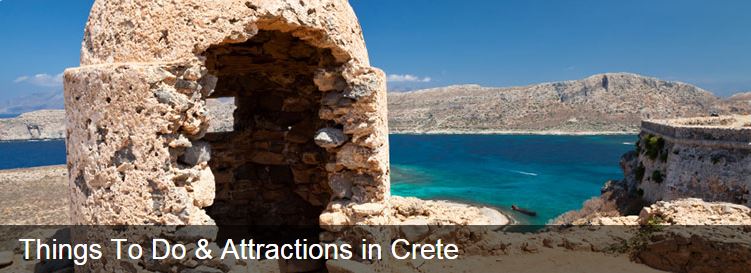Tourists flock to the beautiful Greek island of Crete to lounge on its beautiful beaches, wander through ancient Greek ruins and soak up the island’s thriving culture.
To heck with that. I’m in it for the food. In the spirit of foodies everywhere, I present my five step plan to eating your way through a holiday in Crete.
Step 1. Tsikoudia
The Minoans made wine in Crete before 1600 BC. In well over 3,000 years, it seems the people of Crete have learned a lot.
Fragrant Cretan tsikoudia (which is also known locally as raki) is the national drink and made from the left-overs of wine production. It’s cheap, at about 50 cents a glass, and packs a punch, ranging from 30 to 90% alcohol. Tsikoudia is often made in small batches by one or two licensed brewers in each village, creating a great variety between villages. Sounds like the perfect excuse for a village tour.
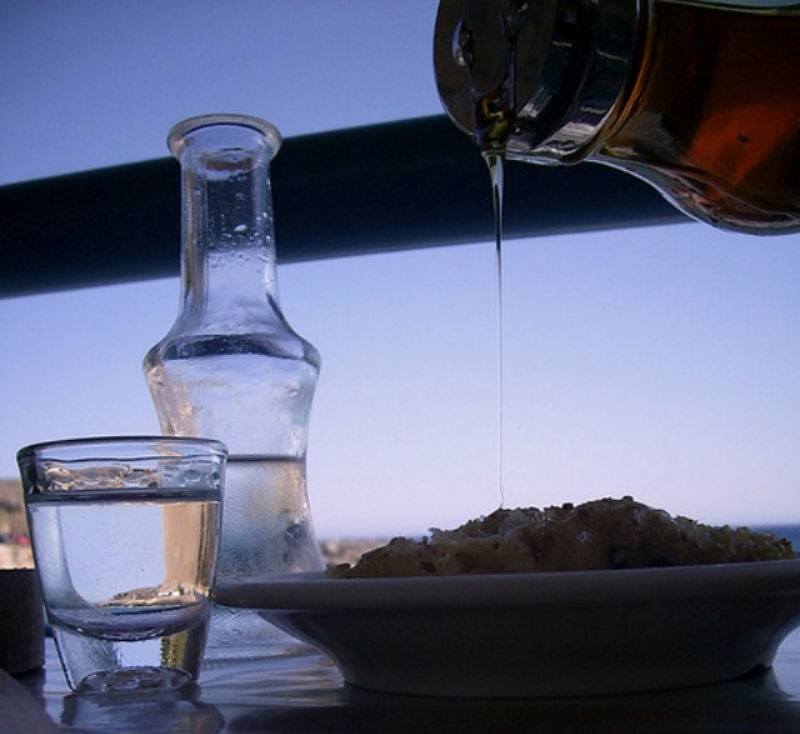
Step 2. Appetizers (Mezes)
Greek appetizers are often served in tavernas. They range from simple dishes like local olives, fried eggplant, and fresh artichokes swimming in olive oil to more elaborate fare.
The most famous of Crete’s appetizers is likely dakos, made of chopped fresh tomatoes, sprinkled with mizithra cheese and oregano, and served on top of crispy paximadia bread.

Step 3. Cheese
Crete, like the rest of Greece, offers a dizzying variety for cheese lovers like me. Made of sheep’s milk, Gravieria resembles gruyère, and has a slightly sweet caramel flavor. To be truly authentic, graviera should be aged in the White Mountains for at least six months. Staka, a rich cheese made from sheep or goats cream and simmered with flour, is often used as a dip or poured over pilaf.
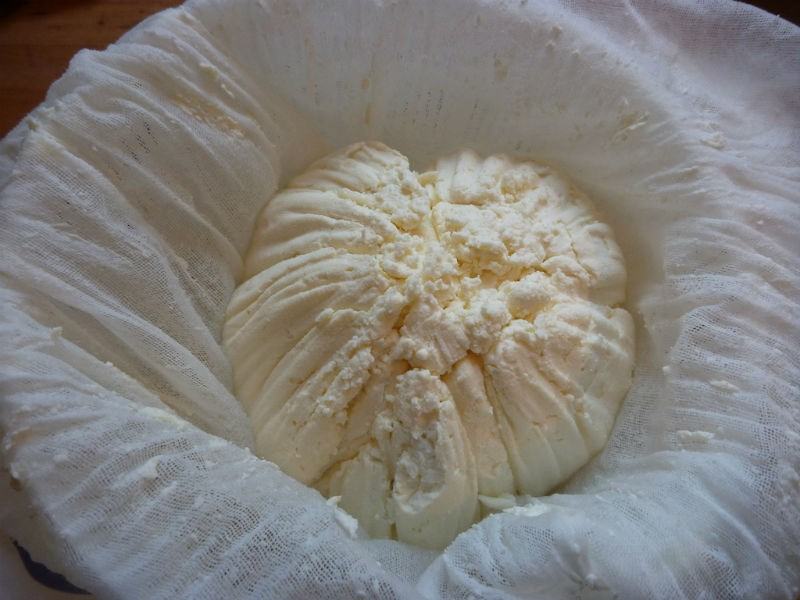
Step 4. Vegetarian Offerings
Crete’s restaurants often offer ofanas (orphans), meatless variations of many of the meat-based dishes so famous in Greece. Strict fasting rules from the Orthodox church meant that many Greeks used to go without dairy, fish, meat and poultry for long periods before Christmas and the Assumption of the Virgin in July.
Crete’s ofanas dolmades are stuffed with rice, mint, eggplant, zucchini, carrots and onions.

Step 5. Dessert
Crete’s desserts definitely tempt. Crete’s desserts range from patouda (a shortbread enclosing walnuts and almonds) to stafidota (almond-raisin cookies) or zournadakia (phyllo filled with nuts and honey). Lychnarakia (also called sweet kaltsounia) are deep fried pastries of lemon rind, honey, cinnamon and vanilla that are said to resemble tiny oil lamps. Christmas is celebrated with many special desserts, including the tempting melomakarona, spice cookies dipped in honey.
Even simple desserts like loukoumades, which resemble donut holes fried with olive oil and topped with nuts, cinnamon and honey, look decadent.
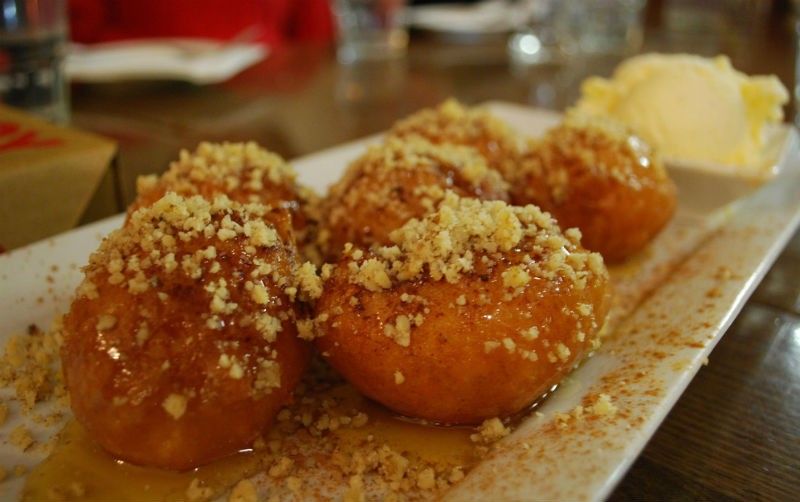
What’s next?
To work off all of that amazing food, I’ve heard there are at least a few (dozen) interesting things to do in Crete.
Viator has some great tours of Crete to get you started.
Crete’s a perfect place to explore ancient ruins.

Watch the fishing boats bobbing in the blue sea.

Check out the local wildlife.
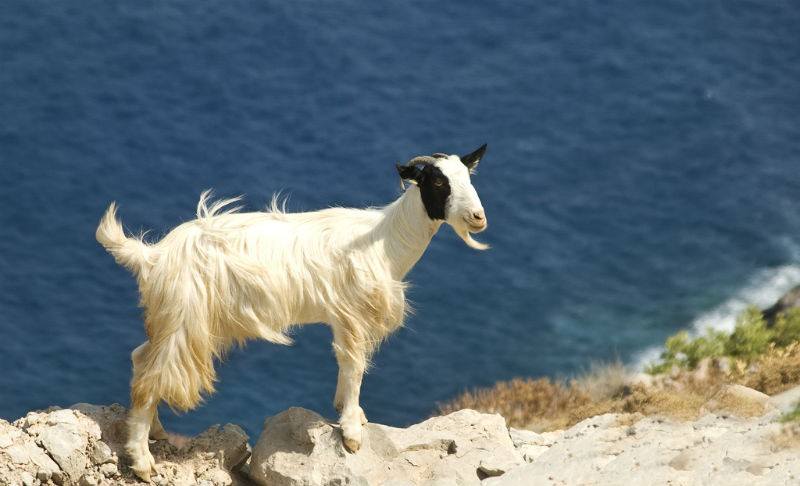
Take a walk around the historic town of Heraklion and the Heraklion Archaeological Museum.

When I’m done all that, it may just be time to visit one of Crete’s lovely tavernas again.




